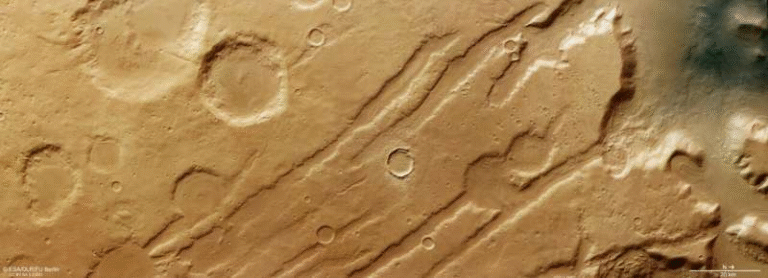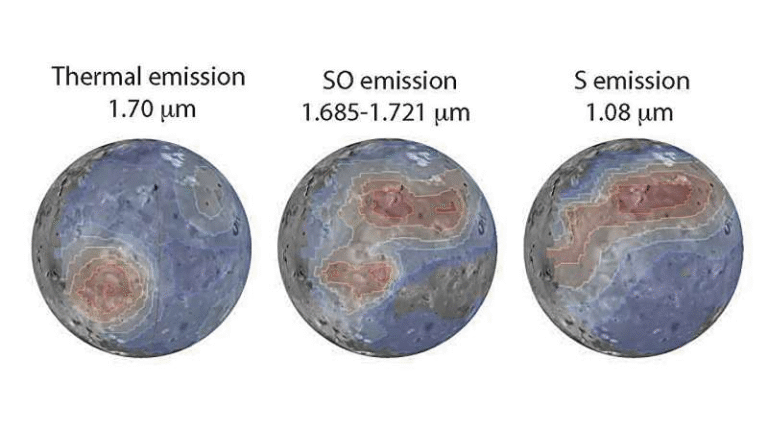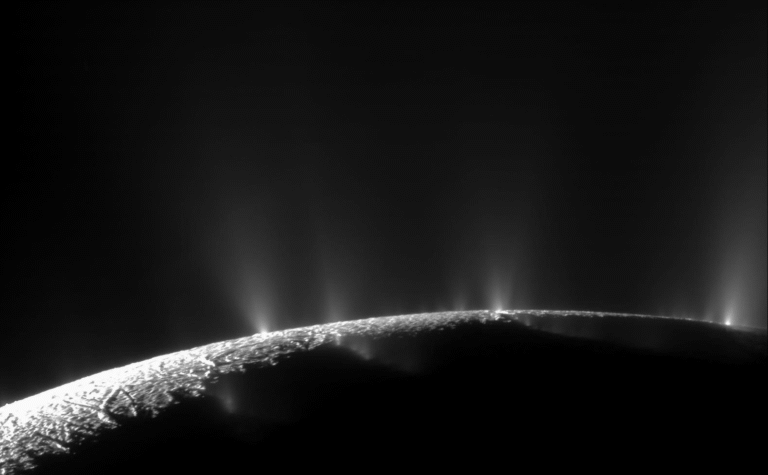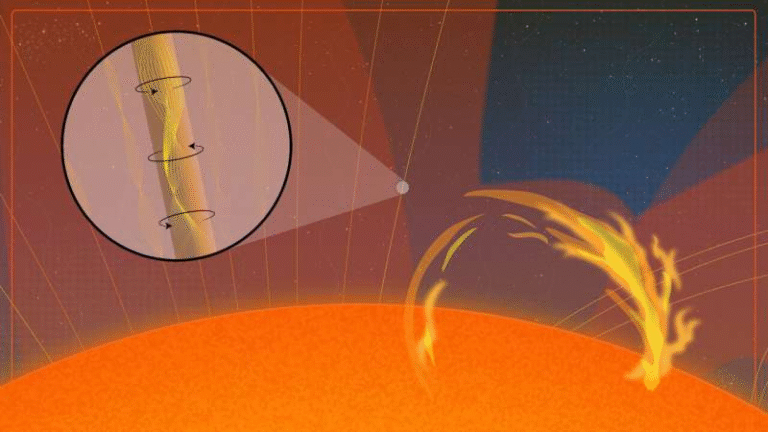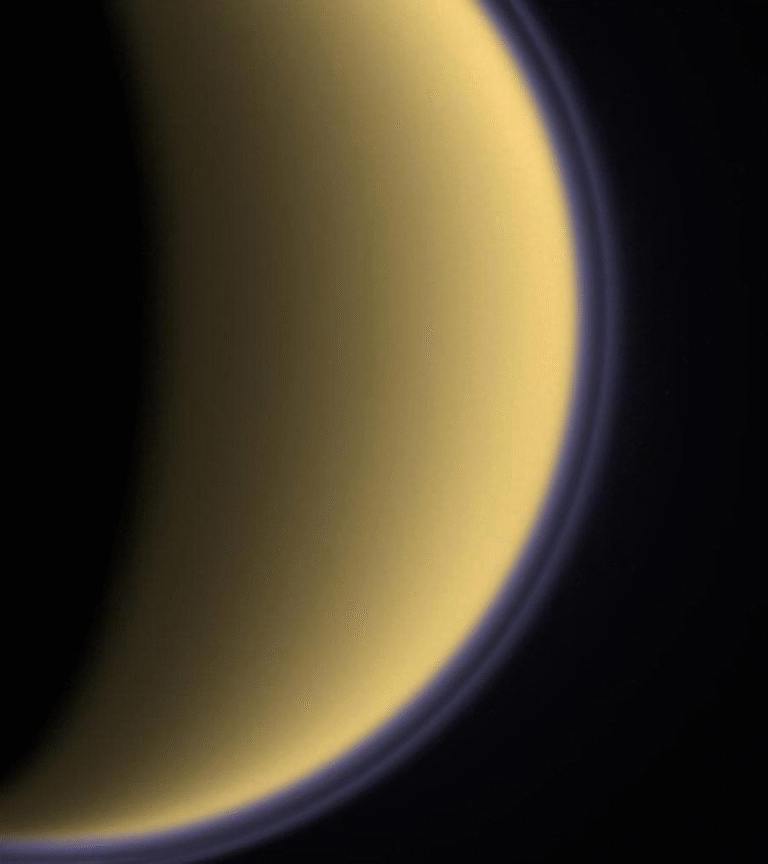Scientists Map the Universe’s Biggest Objects, Reinforcing Our Best Model of Reality

A new survey by the Dark Energy Survey (DES) team has provided one of the most detailed looks yet at the largest structures in the cosmos — galaxy clusters. These immense collections of galaxies, some containing thousands bound together by gravity, are among the biggest objects in the universe. By studying how these clusters form and distribute across space, scientists can test the fundamental rules that govern cosmic evolution — including the mysterious effects of dark matter and dark energy.
And the result? The universe, at least for now, still appears to follow the Lambda-CDM model — our current best description of how everything works on cosmic scales.
The Study: Mapping the Universe’s Giants
The research team, led by scientists at the University of Chicago, used data collected from the Dark Energy Survey, an ambitious six-year observation project run by Fermilab in Chile’s Andes Mountains. Over the course of the survey, DES captured data from about 5,000 square degrees of the southern sky, revealing millions of galaxies and thousands of galaxy clusters.
From this enormous dataset, the team focused on roughly 16,000 optically identified galaxy clusters, each found using a detection algorithm called redMaPPer. These clusters are spread across billions of light-years, acting as cosmic markers that trace the distribution of matter — both visible and invisible — in the universe.
The researchers combined cluster abundance data with weak gravitational lensing, galaxy clustering, and cosmic shear measurements. This powerful combination, known as the “CL + 3×2pt” approach, provides a multiprobe framework to cross-check cosmic models. Essentially, they didn’t rely on just one tool to measure the universe’s structure — they used several, each probing the universe from a different angle.
What They Found
The DES team’s findings are detailed in two companion papers posted on the arXiv preprint server in 2025. The first paper outlines the modeling and validation strategy, while the second presents the cosmological results.
From the Year 3 data, the team measured two key cosmological parameters:
- S₈ = 0.864 ± 0.035
- Ωₘ (matter density) = 0.265⁺⁰·⁰¹⁹₋⁰·⁰³¹
When they combined the cluster data with other probes (the “3×2pt” measurements), the results became even tighter:
- S₈ = 0.811⁺⁰·⁰²²₋⁰·⁰²⁰
- Ωₘ = 0.294⁺⁰·⁰²²₋⁰·⁰³³
These numbers line up remarkably well with earlier observations from the Planck satellite, which studied the universe’s cosmic microwave background (CMB) — the afterglow of the Big Bang. That consistency means the Lambda-CDM model still holds up.
They also placed an upper limit on the total mass of neutrinos, tiny particles that stream through the cosmos, at less than 0.26 eV (95% confidence). That’s a notable improvement on previous measurements.
Why Galaxy Clusters Matter
Galaxy clusters are more than just celestial eye candy — they are cosmic laboratories. Each cluster is a dense region where dark matter dominates the gravitational landscape, pulling galaxies and hot gas together.
Because of their size and sensitivity to the forces shaping the cosmos, clusters act like a measuring stick for the universe. If scientists count fewer clusters than predicted, or if they’re distributed differently, that could mean our cosmological model is missing something fundamental.
But this study’s careful accounting and modeling — including corrections for clusters that overlap or hide behind others — strengthens the case that our understanding is solid. It also shows that using clusters as a cosmological probe is not just valid but extremely powerful.
Revisiting the “S8 Tension”
For years, cosmologists have been scratching their heads over what’s known as the S8 tension. This refers to a mild discrepancy between how “clumpy” the universe appears today versus what early-universe data predicts.
Measurements from weak gravitational lensing — the subtle bending of light from distant galaxies — had previously suggested a lower S8 value compared to the CMB predictions. That hinted that the universe might be slightly less structured now than the Lambda-CDM model expected.
This new DES analysis, however, finds that the cluster-based measurements of S8 line up perfectly with the Planck CMB results. In other words, when viewed through the lens of galaxy clusters, the universe seems as clumpy as theory predicts. That significantly eases concerns that something major might be missing from the standard model.
The Modeling Framework
Behind these results is an immense amount of technical work. The DES team validated their modeling framework using simulation catalogs called Cardinal mocks, which mimic the real survey’s selection process, photometric redshift uncertainties, and measurement errors.
They spent years refining how to connect the “richness” of a cluster (how many galaxies it contains) to its actual mass, a critical link in turning observational data into cosmological parameters. The framework also accounts for photo-z (photometric redshift) uncertainties and shear calibration errors, both of which can skew measurements if not handled properly.
Their combined approach — modeling, simulating, and validating — ensures that the results are not artifacts of bias or noise, but genuine reflections of how the universe behaves.
What It Means for Cosmology
This study is a big win for the Lambda-CDM model, which posits that the universe consists of about 70% dark energy, 25% dark matter, and 5% ordinary matter. Despite its simplicity, this model explains the expansion history of the universe, the formation of galaxies, and the patterns in the CMB remarkably well.
However, it’s not perfect. Lambda-CDM doesn’t tell us what dark matter or dark energy actually are — only how they behave. Every new observation that tests the model, especially at the largest scales, helps reveal whether new physics might be lurking beyond it.
This study confirms that, so far, Lambda-CDM still fits the data beautifully. But it also establishes a powerful framework for future tests that could one day expose its limits.
The Road Ahead
The team’s modeling and validation strategy lays the foundation for even larger and more precise surveys coming soon. Next-generation telescopes like the Vera C. Rubin Observatory (with its Legacy Survey of Space and Time, LSST), the Euclid space telescope, and NASA’s Nancy Grace Roman Space Telescope will collect far more data — mapping tens or even hundreds of thousands of galaxy clusters.
These upcoming projects will let scientists refine their measurements, test dark energy theories more rigorously, and perhaps even measure the total mass of neutrinos with unprecedented precision.
As the number of mapped clusters grows, so does our understanding of cosmic structure. Each cluster acts like a cosmic data point, adding another piece to the puzzle of how the universe grew from a near-uniform sea of matter and energy into the intricate web of galaxies we see today.
Quick Refresher: What Is the Lambda-CDM Model?
The Lambda-CDM (Lambda Cold Dark Matter) model is the standard cosmological framework describing the evolution of the universe. Lambda (Λ) represents dark energy — the mysterious force accelerating cosmic expansion — while CDM stands for cold dark matter, the invisible glue holding galaxies together.
Together, these components describe how structures formed after the Big Bang, how fast the universe expands, and how the cosmic web evolved. It’s not a perfect theory — it doesn’t identify the nature of dark energy or dark matter — but it matches nearly all large-scale observations so far.
Looking Forward
This study is both a confirmation and a milestone. It confirms that our best cosmological model still holds strong and demonstrates that cluster cosmology — once a tricky, uncertain method — has matured into a highly precise tool.
It also underscores the collaborative power of modern astronomy: thousands of scientists, years of data, and mountains of computational analysis, all working toward one goal — understanding the universe’s grand design.
The Dark Energy Survey’s new results remind us that even the largest objects in the universe can help answer the smallest, deepest questions about existence.
Research Reference:
Chun-Hao To et al., “Dark Energy Survey: Modeling strategy for multiprobe cluster cosmology and validation for the Full Six-year Dataset,” arXiv:2503.13631 (2025)
